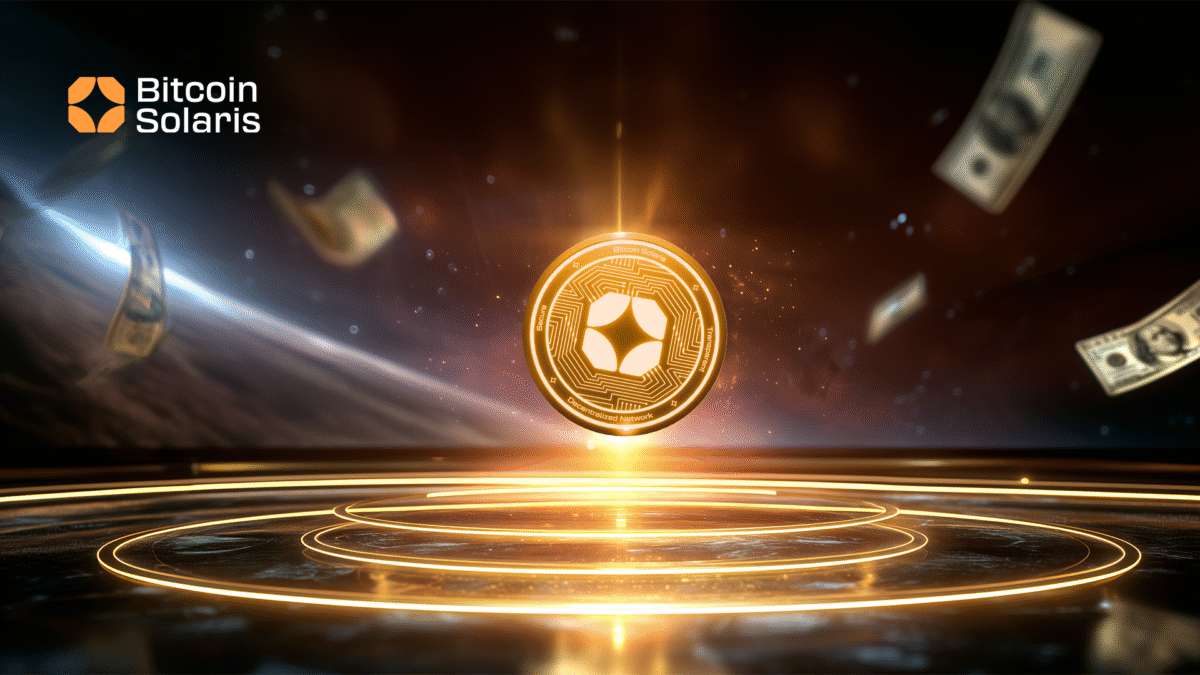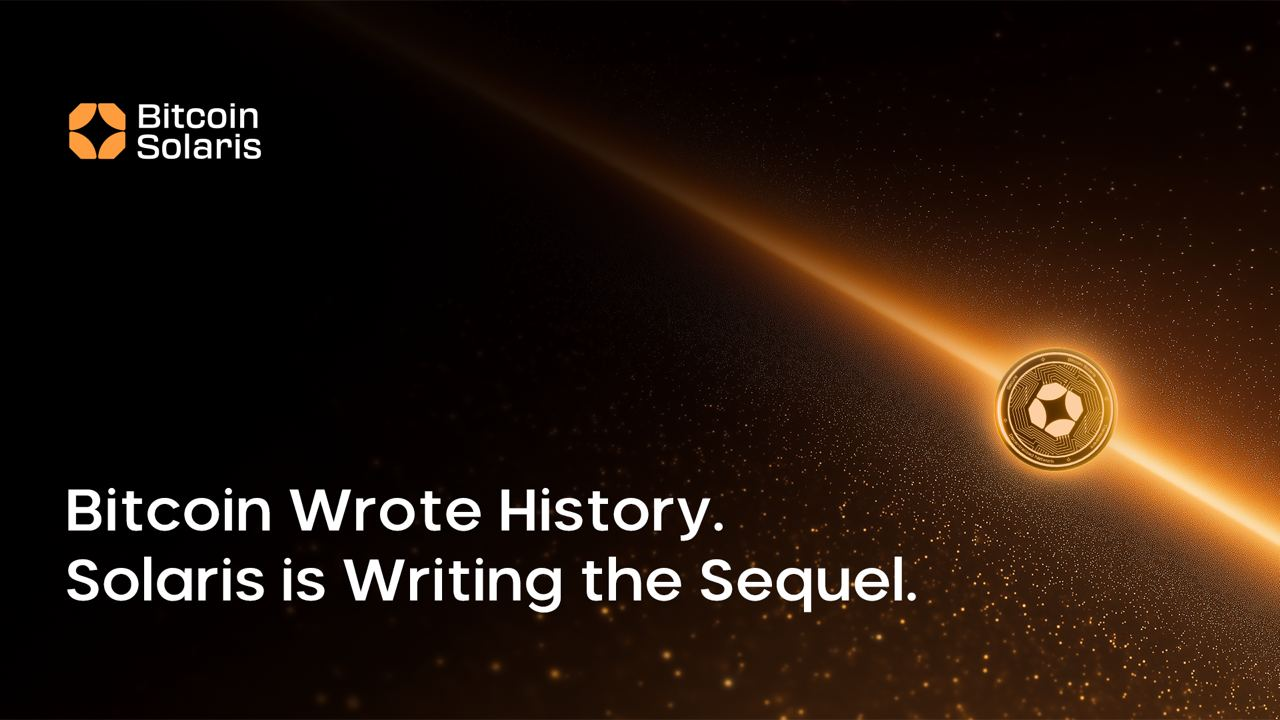In 2013, Litecoin traded for under $3, giving early buyers exposure to exponential gains as adoption expanded. That opportunity is rarely repeated — but today, Bitcoin Solaris enters its third presale phase at exactly 3 USDT per BTC-S, backed by a fully audited infrastructure, mobile mining capabilities, and capped supply. For investors seeking a once-in-decade entry point, the similarities are striking — but the architecture and participation model are entirely next-generation.
Unlike Litecoin, which required hardware mining and early technical knowledge, Bitcoin Solaris is built for mass accessibility. Through the Nova App, users can mine BTC-S from their smartphones with no specialized equipment or complex setup — allowing new users to earn from day one. Combined with a finite 21 million token supply, this structure provides a clear, transparent path for individuals to get rich by participating early in network validation, mobile mining, and protocol development.
Fixed Supply, Real Earning, Early Access
Bitcoin Solaris strictly limits its token supply to 21 million BTC-S, aligning it with the economic principles that made Bitcoin and Litecoin long-term stores of value. Of this, 4.2 million tokens (20%) are allocated to presale buyers across defined phases. The current phase offers BTC-S at 3 USDT, prior to public listings and the full release of the Nova mobile mining platform.
This fixed structure, combined with mobile-first accessibility, allows early users to capture value through protocol usage — not just speculative holding. It’s a model designed to reward contribution, uptime, and network engagement over passive trading, making it ideal for those aiming to get rich through consistent participation rather than risky timing.
Dual-Layer Architecture That Powers Scale and Speed
Bitcoin Solaris is built on a dual-layer blockchain architecture:
- The Base Layer operates with Proof-of-Stake (PoS) and Proof-of-Capacity (PoC) to ensure energy efficiency and secure ledger validation.
- The Solaris Layer, using Proof-of-History (PoH) and Proof-of-Time (PoT), processes smart contracts and transaction activity at over 10,000 TPS with 2-second finality.
This layered design allows Bitcoin Solaris to maintain scalability without sacrificing decentralization, ensuring that user earnings — whether from mining or application deployment — are supported by a performant and future-proof infrastructure.
Mobile Mining That Redefines Accessibility
With the upcoming Nova App, Bitcoin Solaris enables anyone with a smartphone to mine BTC-S by allocating idle storage and background CPU. Unlike Litecoin’s Scrypt-based mining model, which required GPU hardware and constant power draw, Solaris mining is passive, low-energy, and device-agnostic.
Participants earn daily BTC-S rewards based on uptime, with no staking, delegating, or technical setup required. This makes earning from the network accessible to global users — including those in regions where crypto mining has historically been cost-prohibitive. It’s a direct, tangible way for everyday participants to begin building wealth in crypto — without speculative exposure or large capital requirements.
Audited Infrastructure and Transparent Participation
Security and protocol integrity are foundational to Bitcoin Solaris. The full blockchain stack — including consensus logic, mining contracts, and token distribution — has been independently audited and verified:
- Cyberscope Audit: Validated token emission behavior, consensus accuracy, and contract execution
- Freshcoins Audit: Assessed infrastructure integrity and protocol scaling
- KYC Verification: Confirmed project governance transparency and leadership legitimacy
These assessments provide assurance that BTC-S rewards are both verifiable and securely distributed — key prerequisites for a network where user earnings are meant to scale and remain sustainable over time.
In a recent breakdown, Crypto Nitro compared Bitcoin Solaris’s launch conditions to Litecoin’s early-stage economics — highlighting how the combination of pricing, fixed supply, and mining accessibility may offer a rare setup for those aiming to get rich by building alongside the protocol.
In 2013, Litecoin was affordable and underappreciated. Today, Bitcoin Solaris enters at 3 USDT, but with stronger infrastructure, real-time mobile mining, and a fixed supply built for transparent distribution. For those seeking to get richthrough early ecosystem participation — not just speculation — this presale marks a structural invitation to build wealth from the base layer of a next-generation blockchain.
Website: https://bitcoinsolaris.com/
X: https://x.com/BitcoinSolaris
Telegram: https://t.me/Bitcoinsolaris
Disclaimer: This is a Press Release provided by a third party who is responsible for the content. Please conduct your own research before taking any action based on the content.









